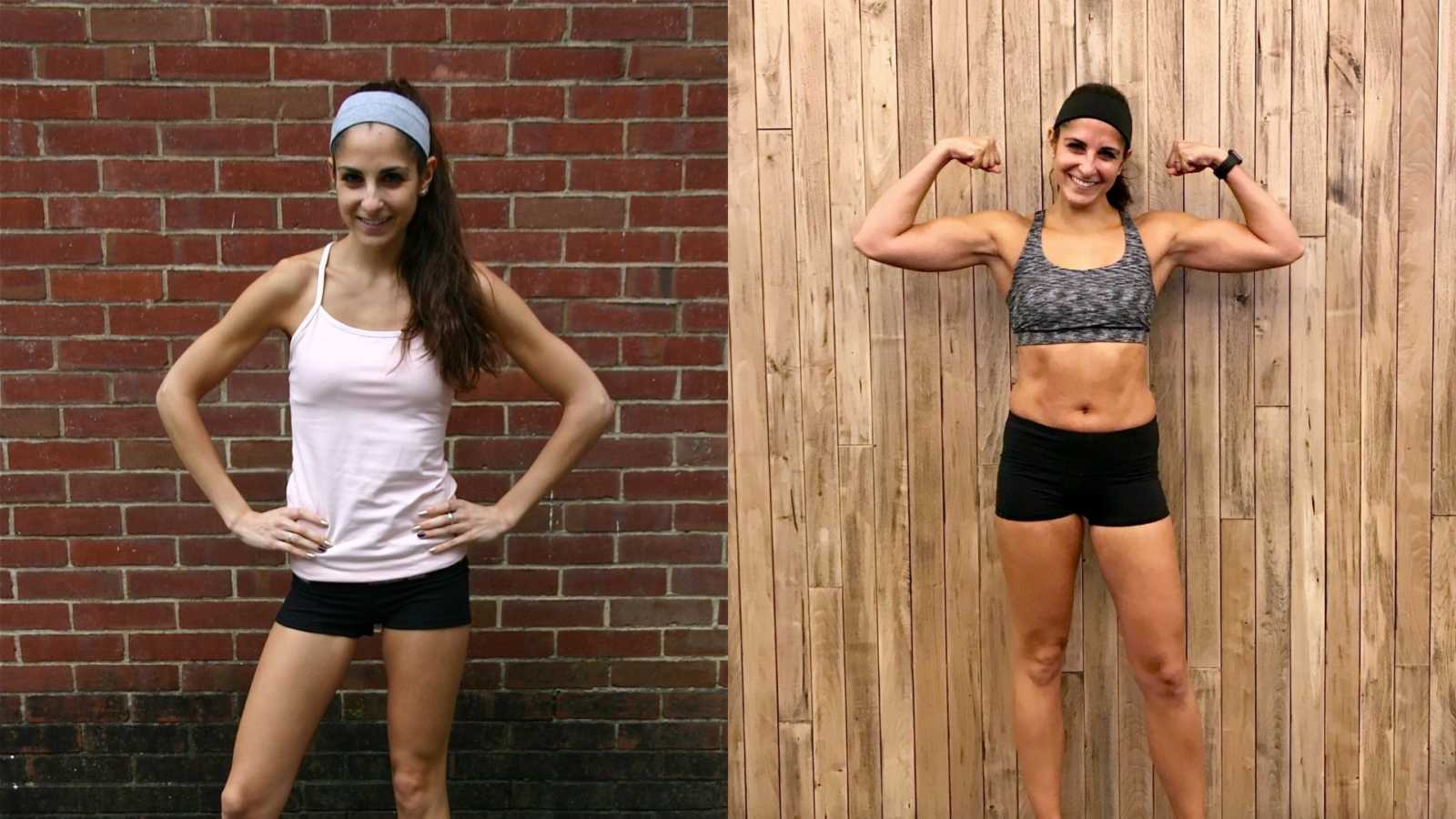Trigger Warning: This story contains mentions of eating disorders and photos that may be triggering to some.
“I cried anxiety-ridden tears if I had to miss a workout. I ate around the noodles in chicken noodle soup. I threw out the pretzels that came with hummus snack packs and replaced them with carrots. I dreaded going out to dinner, I rationed out protein bars throughout the day, I chewed gum if I felt hungry, and I did cardio every single day. But when my friends, family, a professor, the college campus nutritionist, and eventually my therapist told me I had an eating disorder, I always replied, ‘No, I don’t.’
In my freshman year of college, I hardly exercised, went to parties every weekend, and ate cereal at every meal. After the spring semester ended, I felt like a sausage in my shorts and did lunges down the hallway to stretch them out. I had loved my first year of college but hated the weight I gained. I didn’t look like myself and more importantly, didn’t feel like myself. After returning home and realizing my family had started prioritizing health and fitness in my absence, I too began working out and eating more wholesome meals.
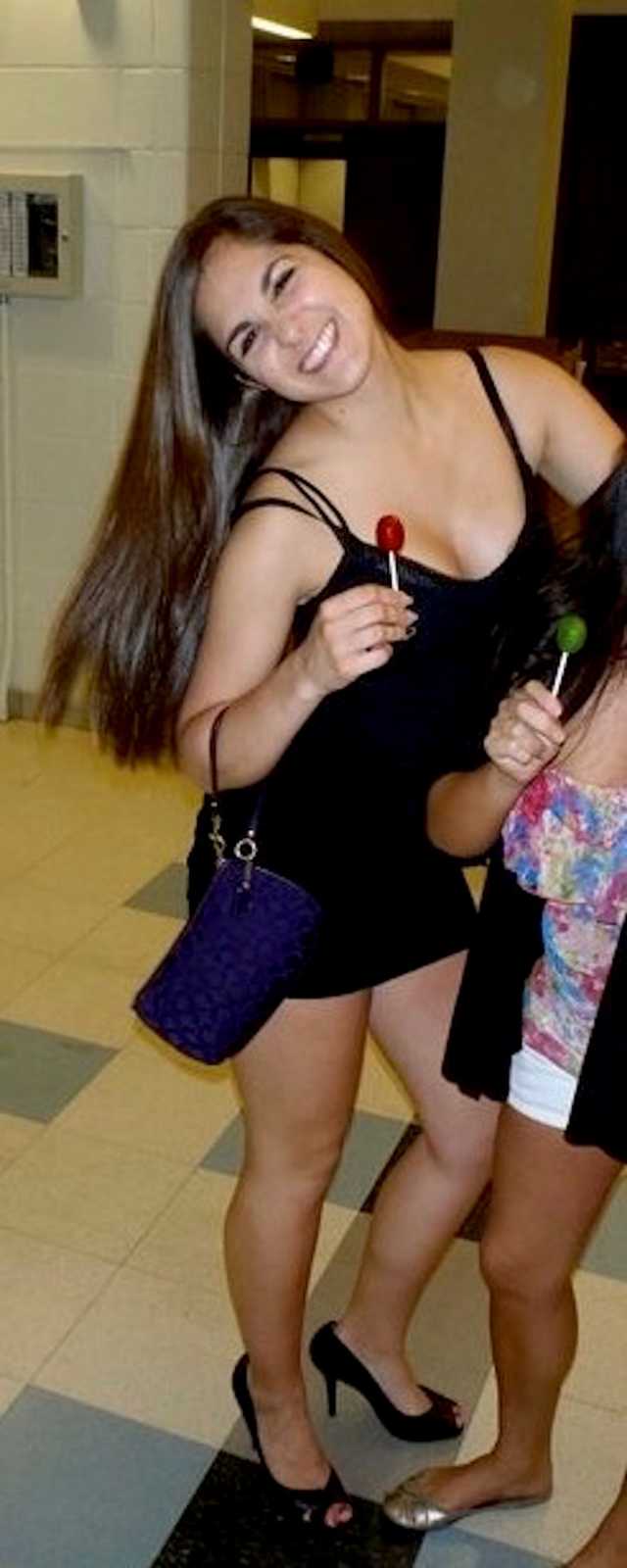
By the end of summer, I’d lost the weight I’d gained and walked into my sophomore year with confidence. My friends commented on social media, saying how ‘hot’ I looked and asked me what ab workouts I did. I still remember feeling a rush of excitement the first time I actually felt and saw the definition in my legs — the part of my body I always felt most insecure about. By October, my clothes were too big and I feared going back to my heavier self. This is when my newfound love for working out went from a healthy habit to a harmful addiction. I started excessively exercising and restricting my food intake in fear I would gain back the weight I worked my a*s off – literally – to lose.
Sophomore and junior years of college were my prime eating disorder years, although back then, I didn’t know it. I ate food and I didn’t make myself throw up, so I was neither bulimic nor anorexic — the only two eating disorders I knew to exist (at the time, orthorexia, compulsive exercise, and otherwise specified feeding or eating disorder (OSFED) weren’t widely discussed). 3 days a week, I would wake up, do 30 minutes of cardio at one gym, walk to a separate gym that opened later to strength train, shower, then go back to sleep before my first class. The other days if I wasn’t at a gym, I was doing at-home workouts in the living room. I LOVED cardio because, in my mind, cardio meant I stayed skinny.
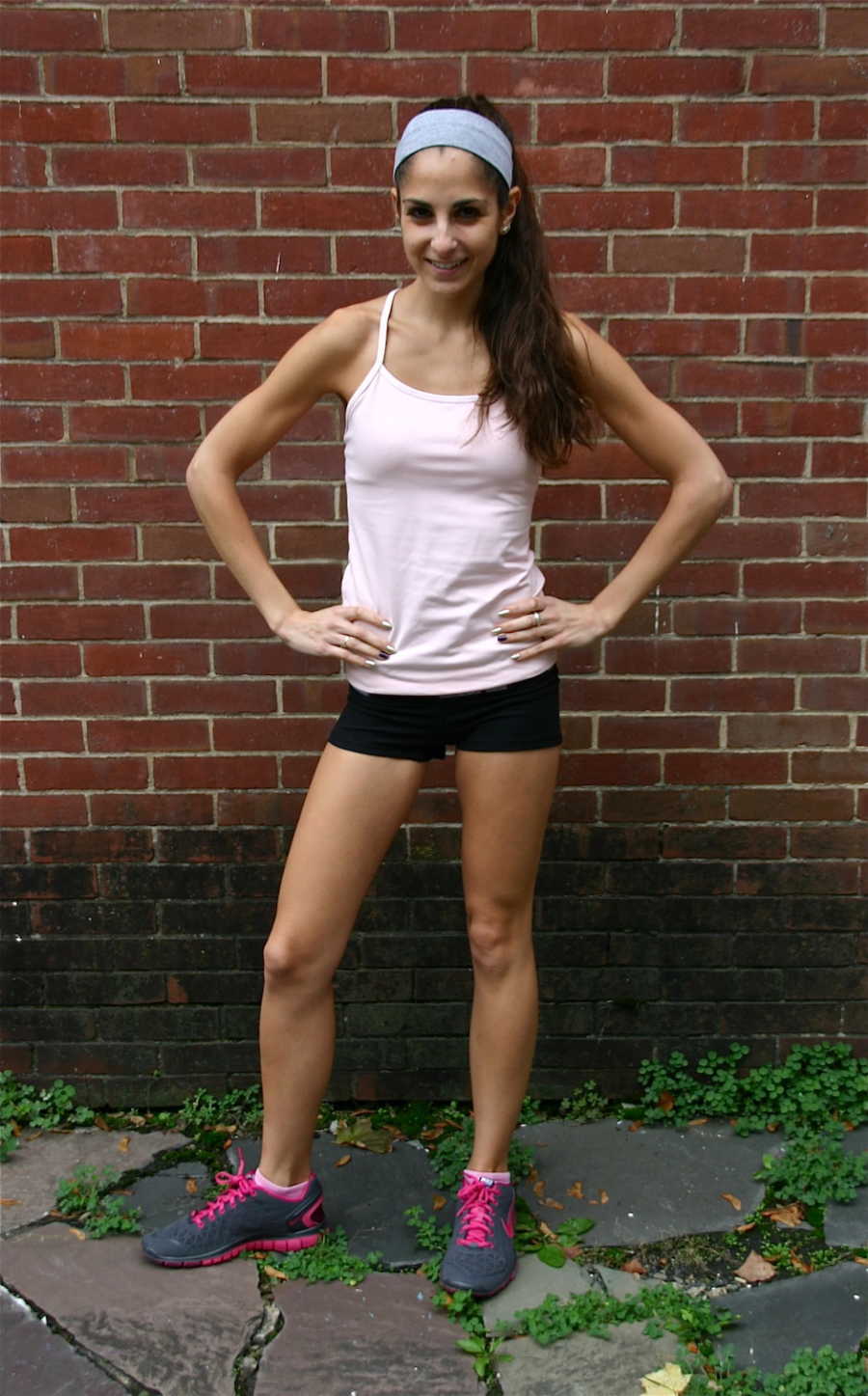
I felt the need to over-exercise to compensate for my active social life. I drank a lot in college, and with drinking came drunken food binges. These were the only times I would allow myself to fully indulge in food. I housed mac and cheese in bread bowls from Domino’s, pizza, fries, brownies, chips, cereal… pretty much anything in sight. I remember making bagel after bagel, standing over the toaster in attempts to warm my frail frame while the dough crisped. My closest friends used to enjoy watching me drunk eat because it was the only time they saw me relinquish control.
Throughout the two years, my friends and family tried getting me help because they saw me deteriorating physically and emotionally. I was no longer living life, I was surviving it. I went through the motions, but my whole self wasn’t present. It was like my personality was on a dimmer set to the lowest setting. I remember giving up on myself saying, ‘I guess this is my life now.’
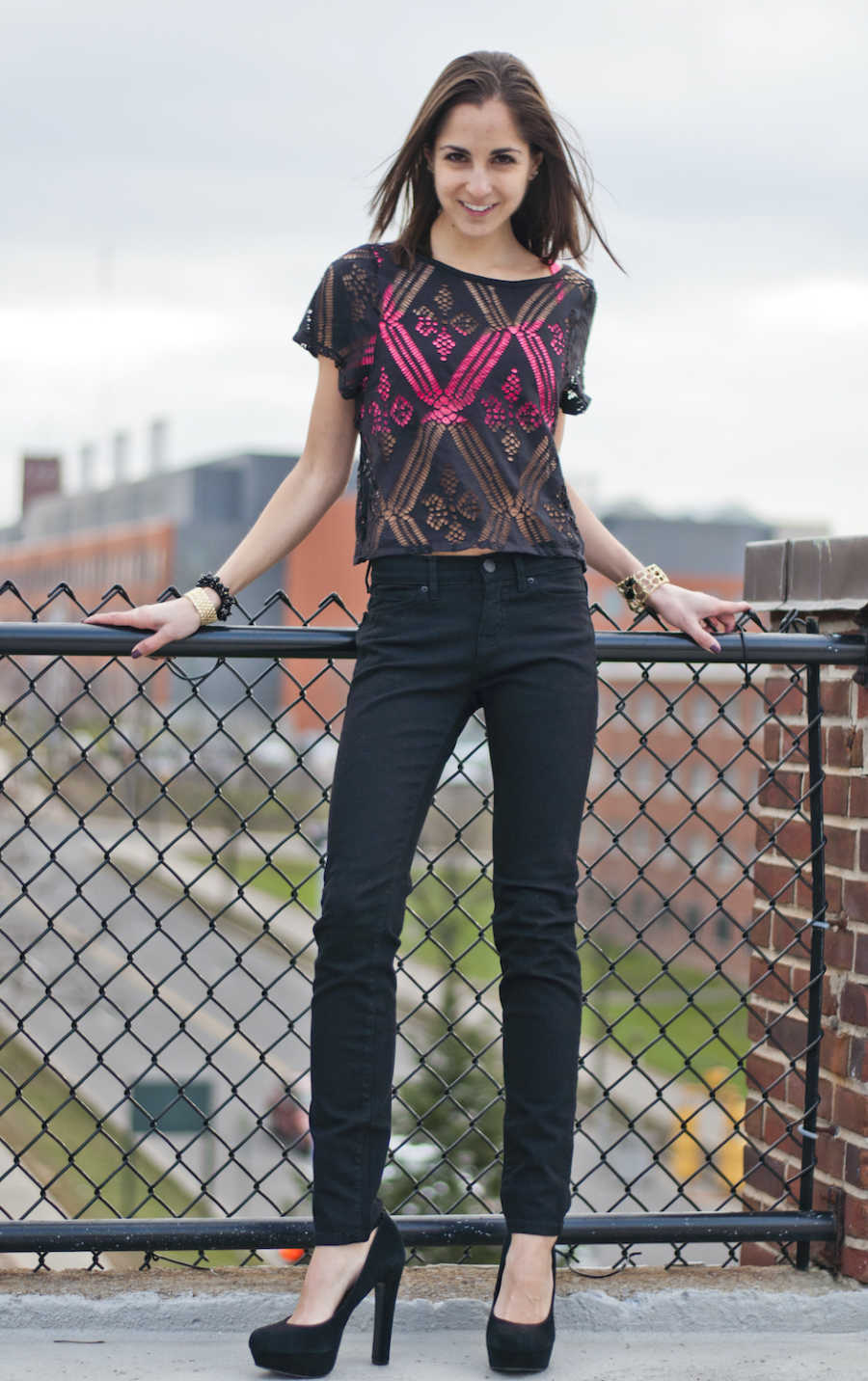
Just as I’d lost hope at the start of my senior year, on Friday the 13th, my friends finally got through to me — to this day I consider it the luckiest day of my life. After a trip to the New York state fair where I ate a protein bar out of fear of eating anything else, they sat me down and told me they had made an appointment for me at the counseling center. ‘We’ll go with you whenever you’re ready.’ After two years of physical and mental abuse, restriction, and overtraining… I was tired. We piled into a car and went that afternoon.
I started seeing a psychologist, a nutritionist, and a medical doctor on a regular basis. The first thing to go: cardio. I remember getting anxious thinking about eating more and not being able to sweat it out in the gym. I told myself, ‘try this for a week and see how you feel, you can always go back.’ In reality, I couldn’t go back — my nutritionist told me I should’ve been hospitalized.

I felt like Man v. Food at every meal, but I refused to let food win. At first, it was difficult — I felt bloated and stuffed all the time. But as days turned into weeks, and weeks turned into months, my body adapted to eating full meals again. I felt alive again, and I used this new energy as motivation to move forward. This was my ‘aha’ moment, the moment where I started using fitness and nutrition for me instead of against me.
Seven years later, I now work out for strength, not to stay skinny. I don’t feel obligated to do hours of cardio after a big meal, and I eat when I’m hungry instead of grabbing for that stick of gum. I still have negative body image days, but instead of abusing my body with exercise, I treat it with grace. I put on comfy clothes and remind myself my body is designed to keep me alive, not to look a certain way.
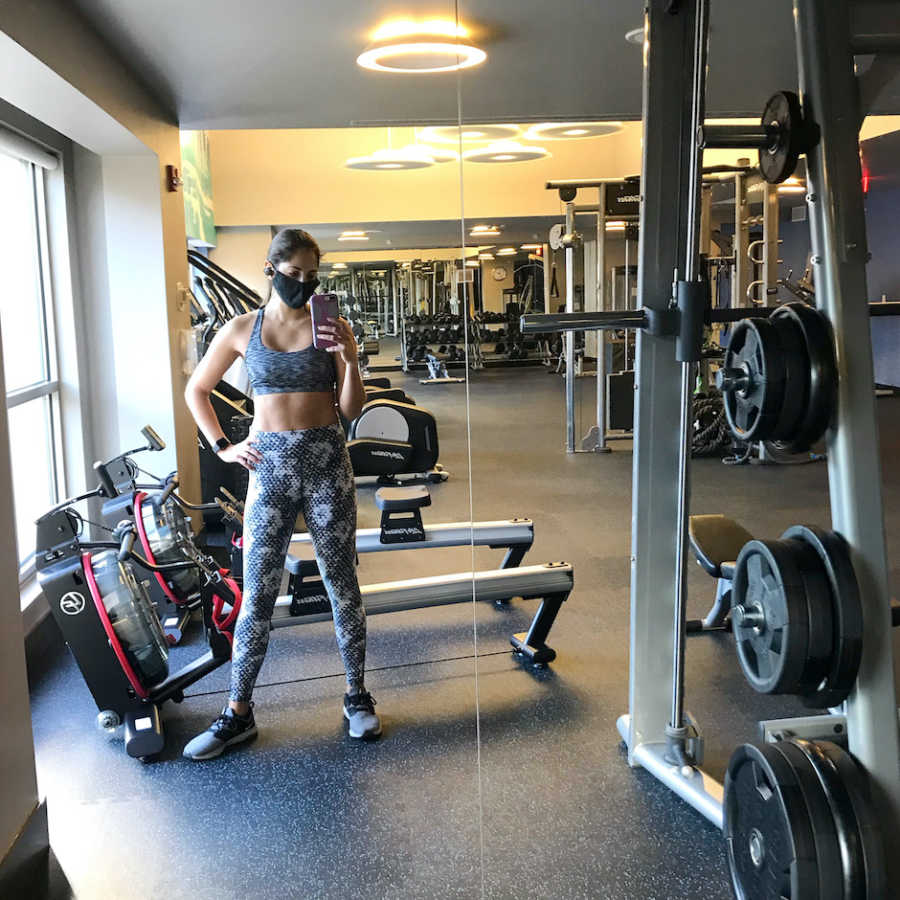
My recovery led me to a career in wellness. I’ve made it my mission to help others feel alive: to remind them it’s ok if they ate one too many cookies, to let them know every workout doesn’t need to be intense and doesn’t need to last an hour, and to educate them about how our bodies are always changing. I’ve learned there is no perfect diet, workout, or body — we are all unique. Life changed for the better once I started focusing on how I felt instead of how I looked.
(If you or someone you care about is suffering from an eating disorder, visit NEDA to get help, learn how to help, or educate yourself on eating disorders.)”

This story was submitted to Love What Matters by Brittany Price from New York City. You can follow her journey on Instagram and her website. Submit your own story here, and be sure to subscribe to our free email newsletter for our best stories, and YouTube for our best videos.
Read more about eating disorder recovery:
Spread strength and beauty for others. SHARE this story on Facebook with family and friends.

